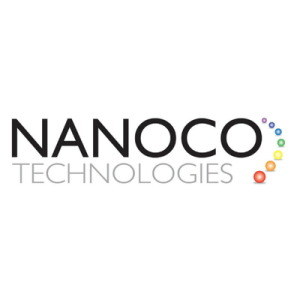The ability to tune the light absorption and emission properties of materials by forming them as quantum dots of specific sizes means they can be used as color converters. These replace the role of old-fashioned phosphors in applications such as displays.
Compared to traditional phosphors, quantum dots can deliver higher conversion efficiency and hence brighter displays. Plus their emission spectrum (color spread) can be quite narrow, enabling RGB displays with a larger color gamut.
Quantum dots have actually been used in television displays for nearly a decade in a format now commonly called QLED TVs. These are a type of LCD display where the dots are contained in a film, and the light that hits them is provided by an LED backlight. QLED TVs are currently some of the most popular TV types because they offer an attractive image quality for a lower cost than organic LED (OLED) displays, where each pixel is a light-emitting diode. There is also another TV variant called QD-OLED where quantum dots are again used as color converters/enhancers to enhance the picture color quality compared to OELDs alone.
Nanoco Group PLC (LON:NANO) leads the world in the research, development and large-scale manufacture of heavy metal-free nanomaterials for use in displays, lighting, vertical farming, solar energy and bio-imaging.


